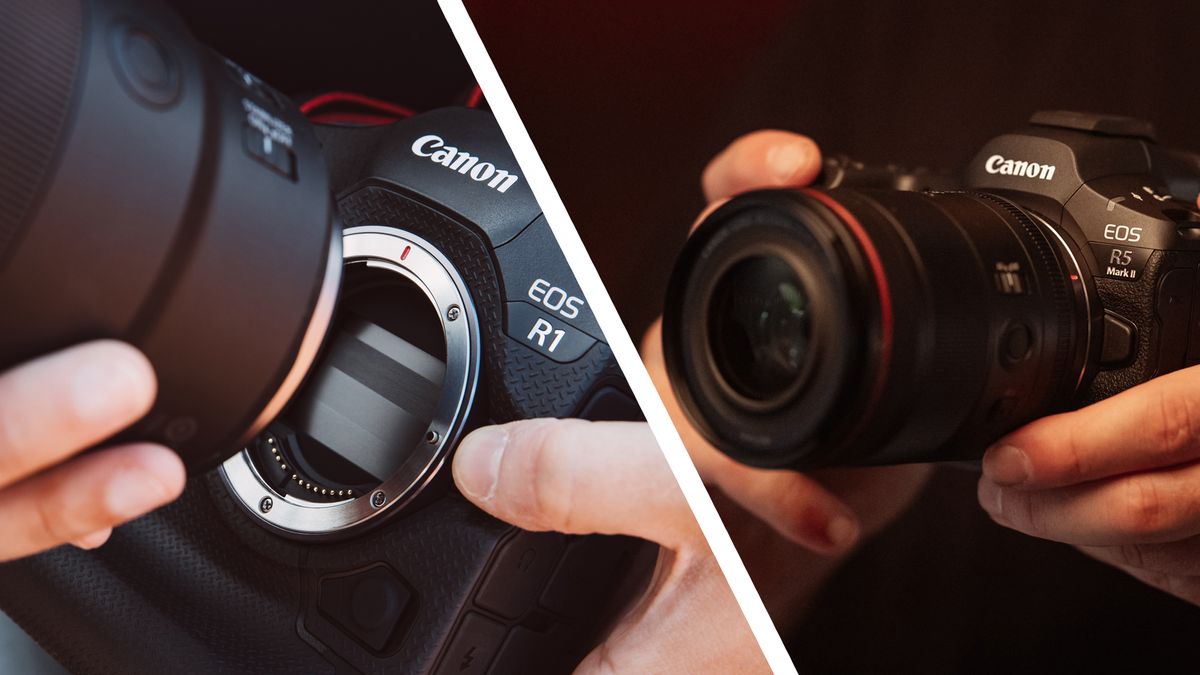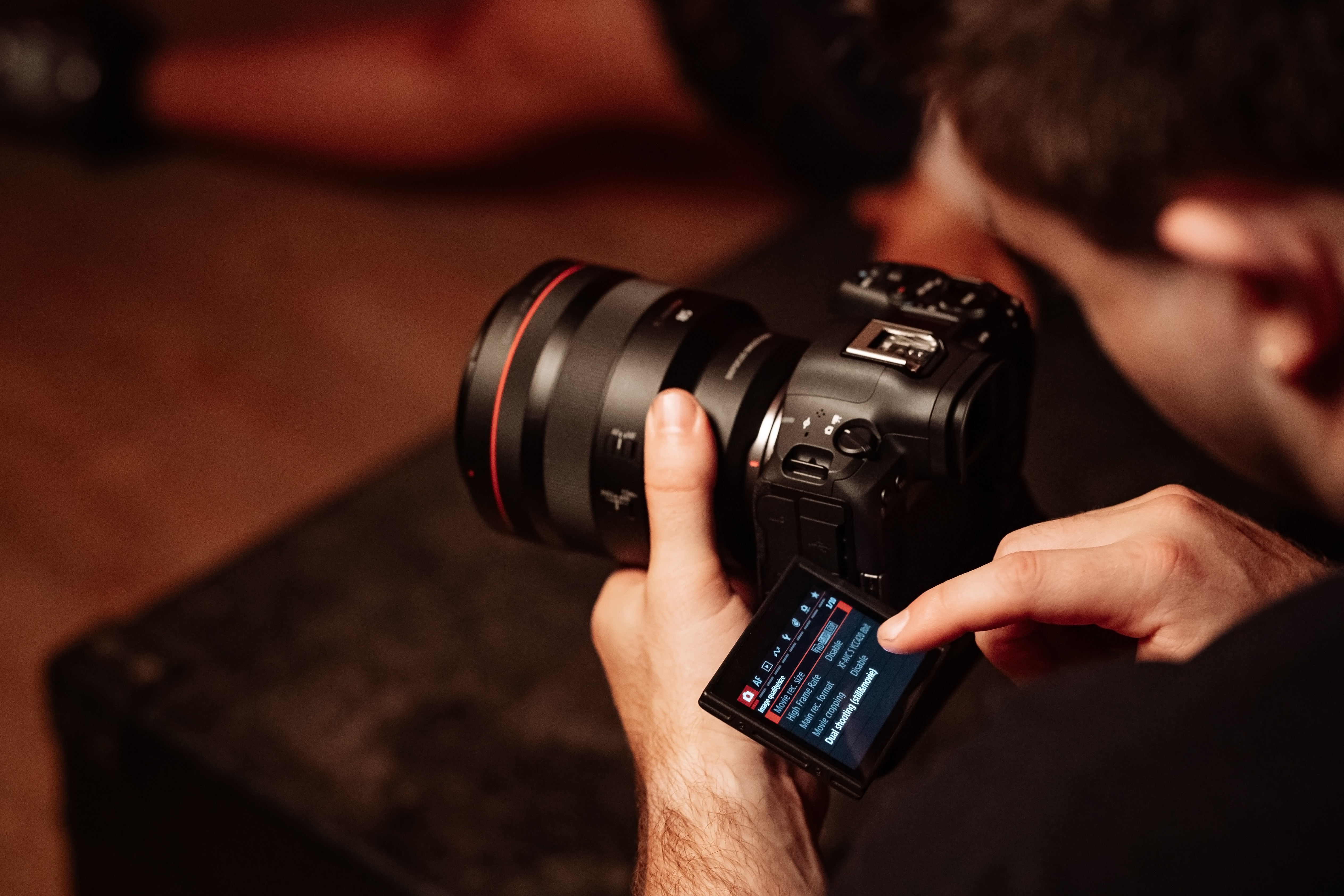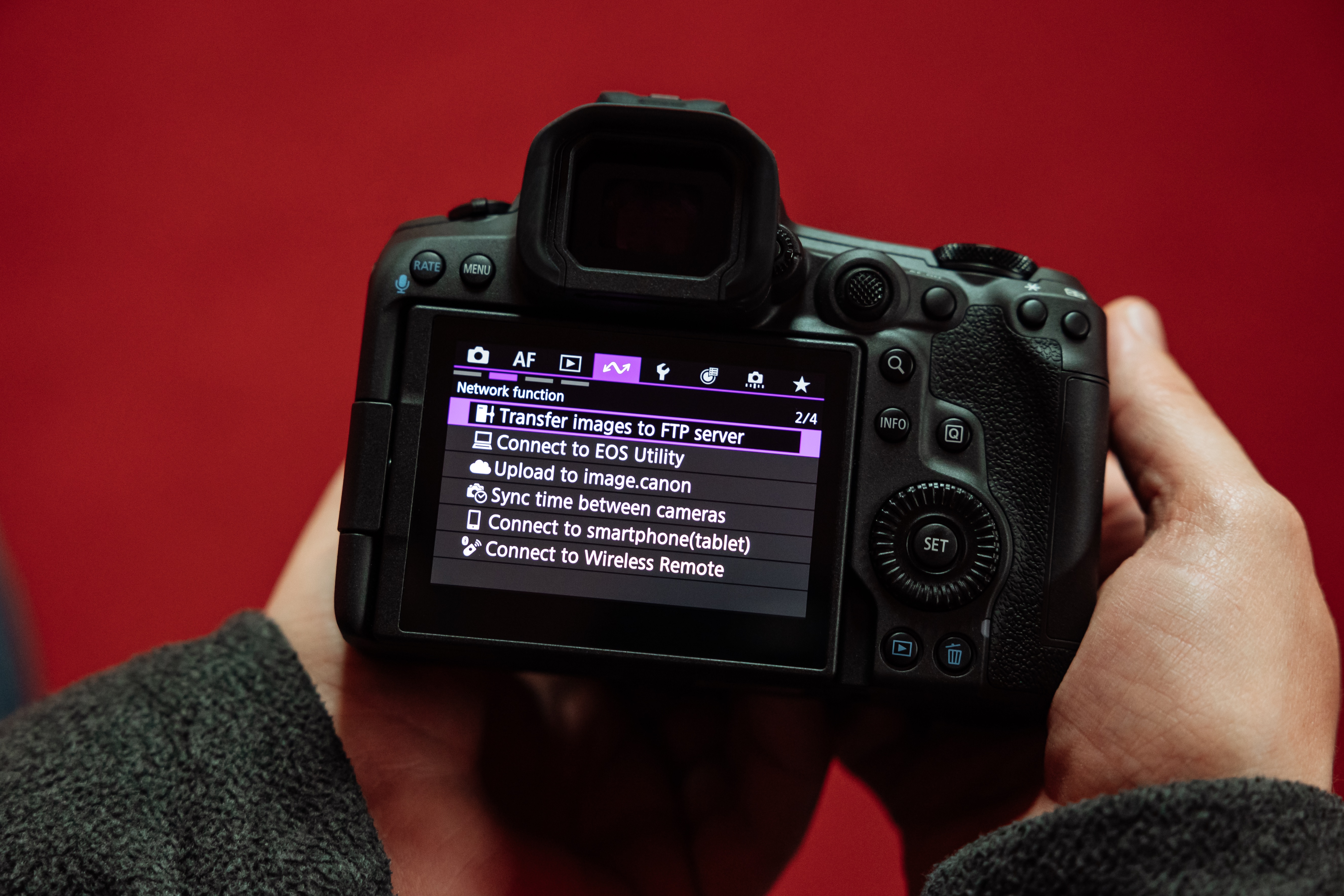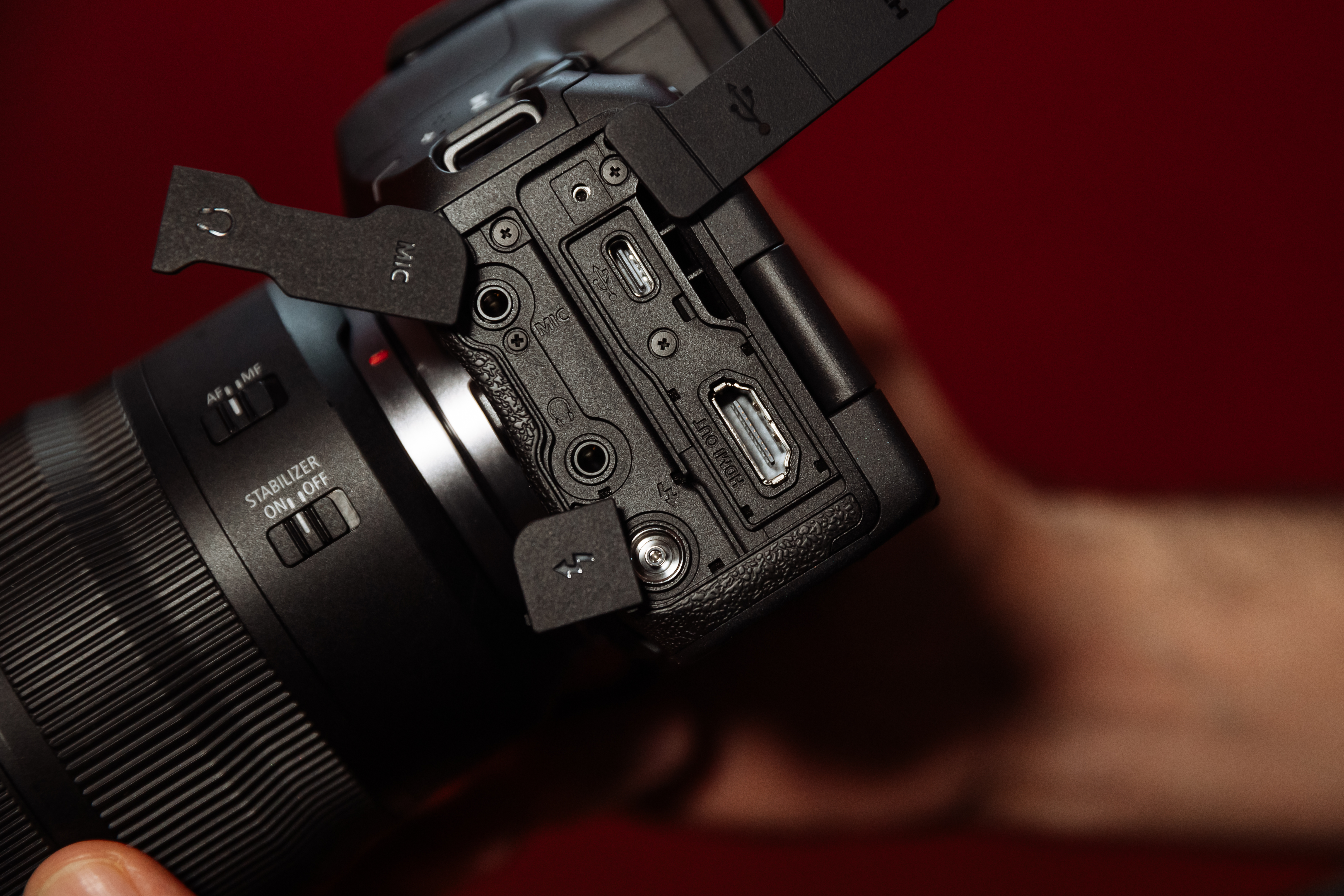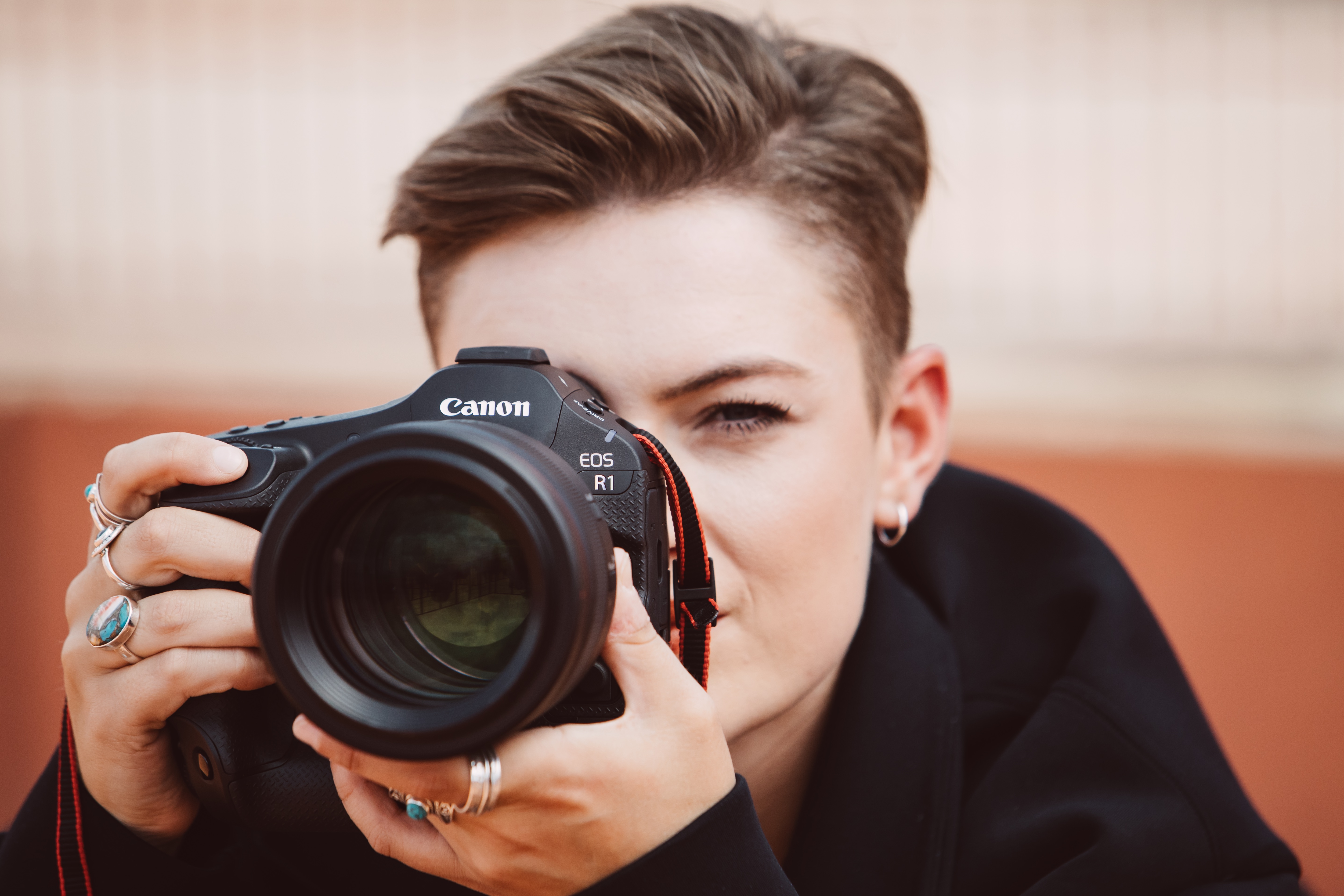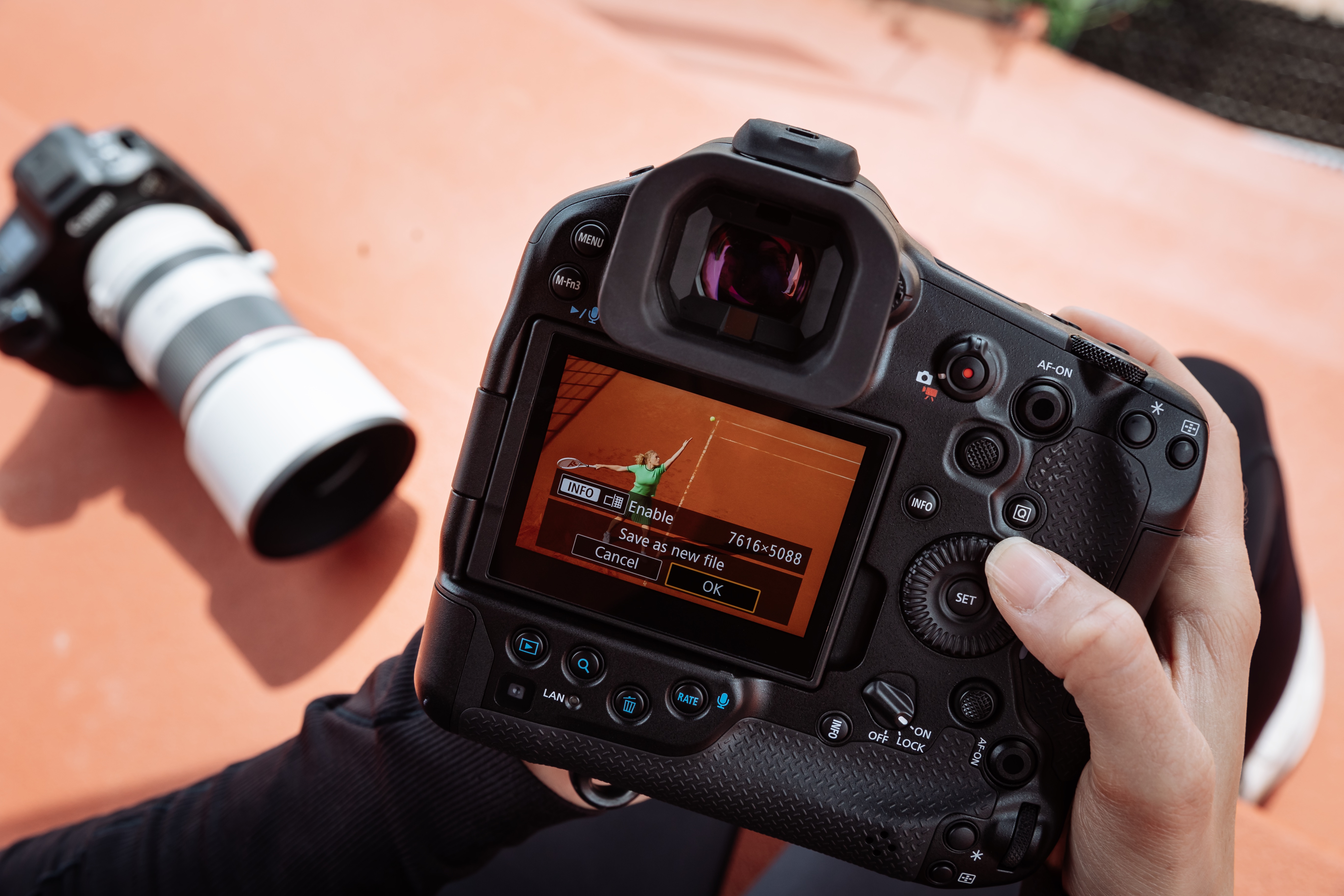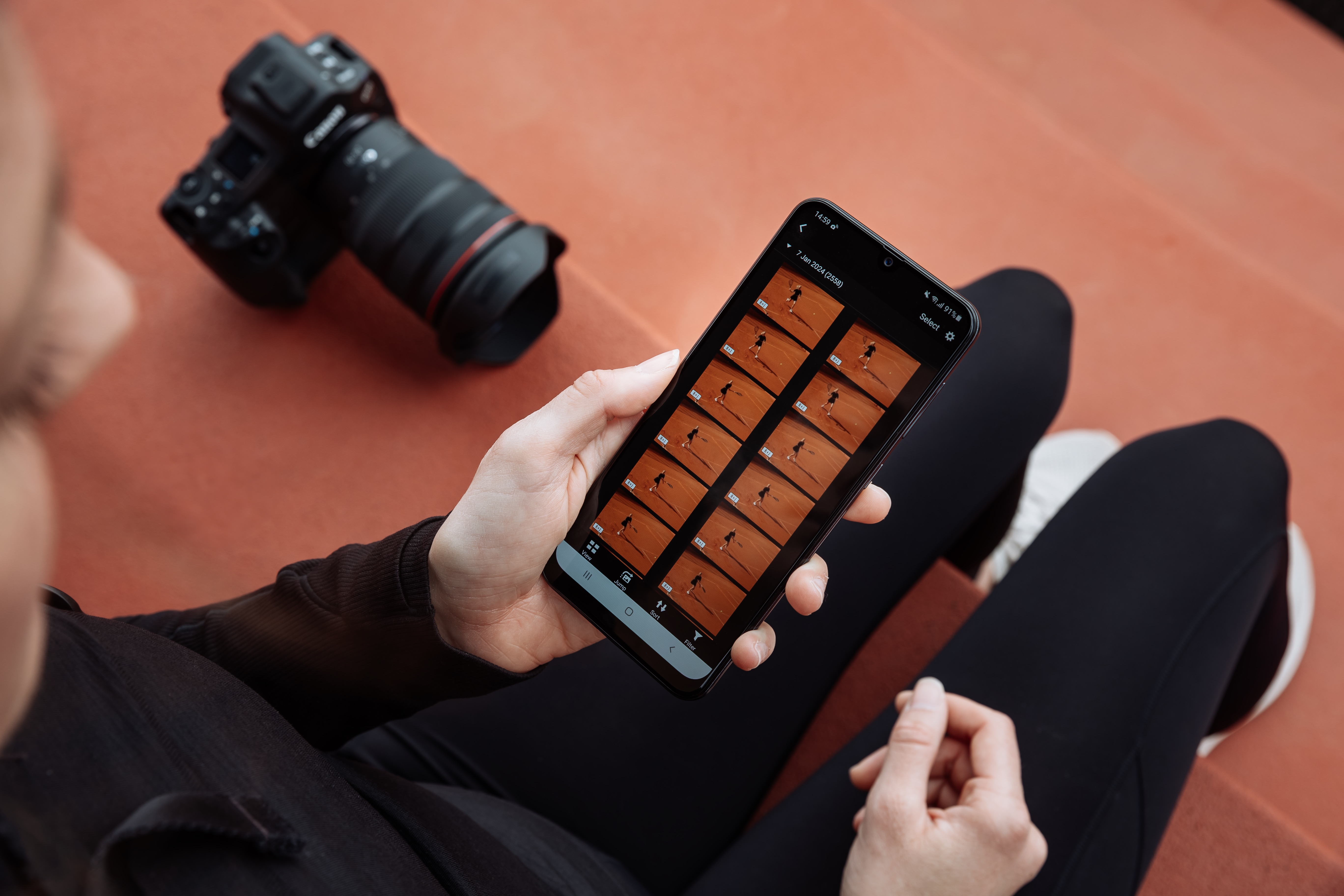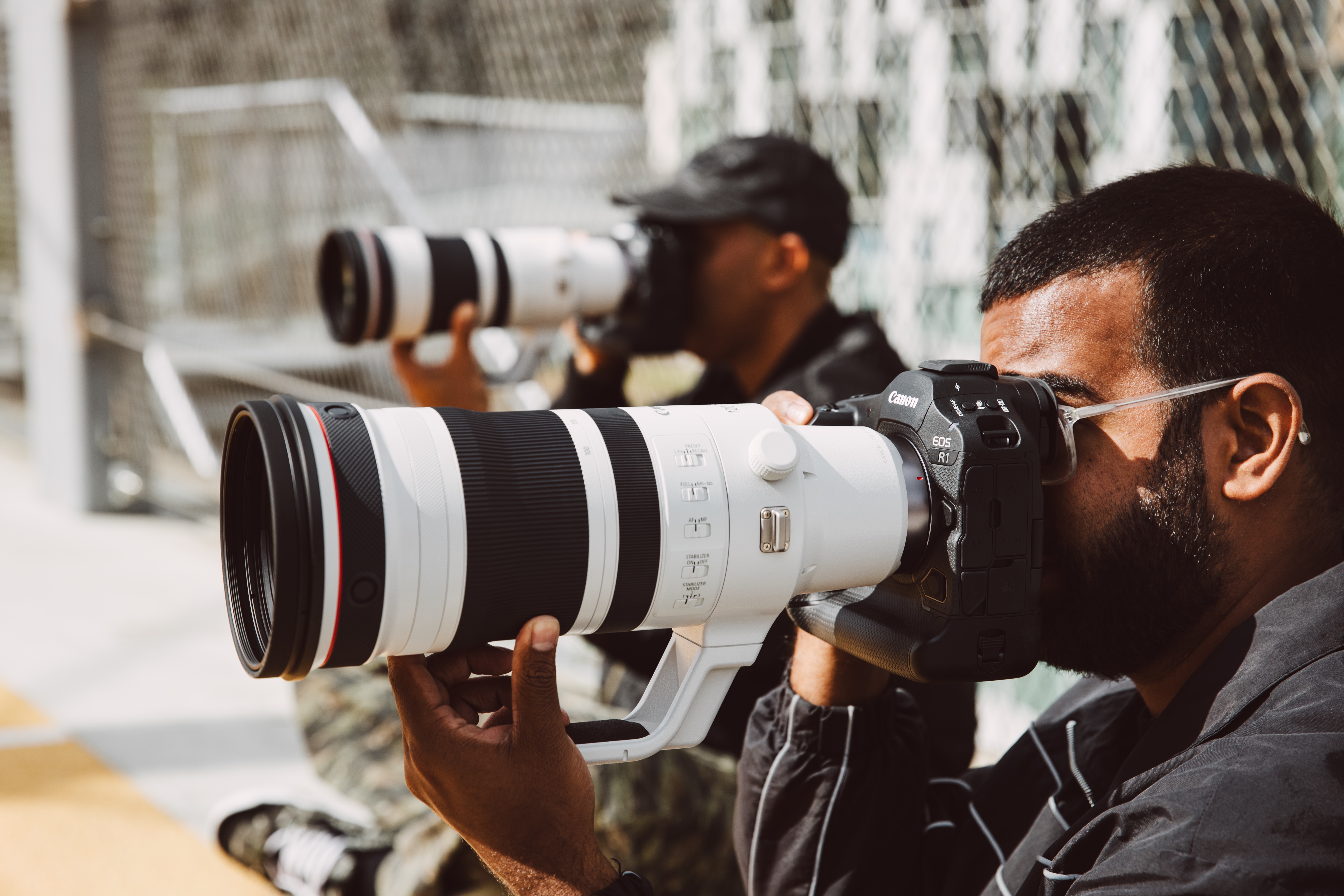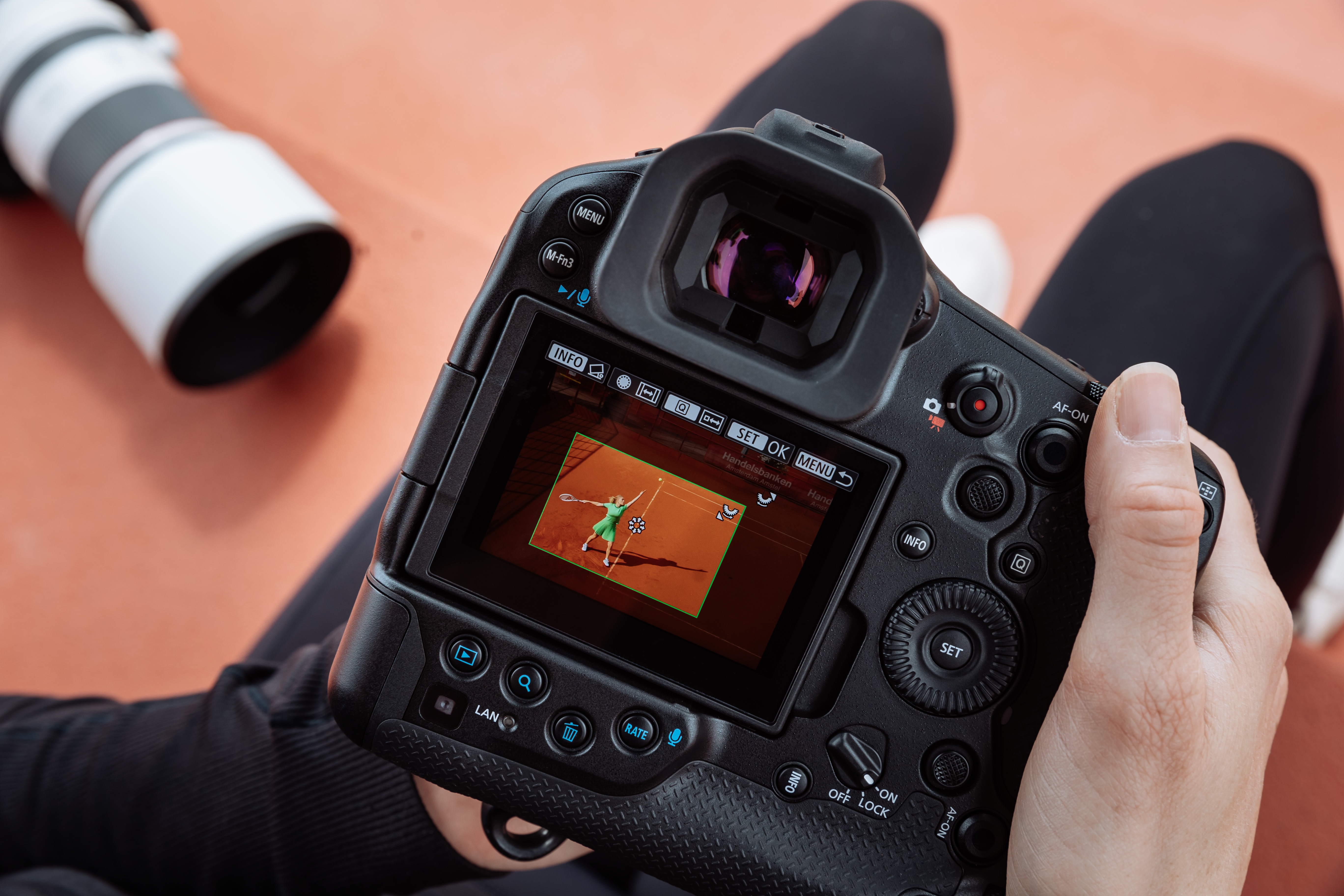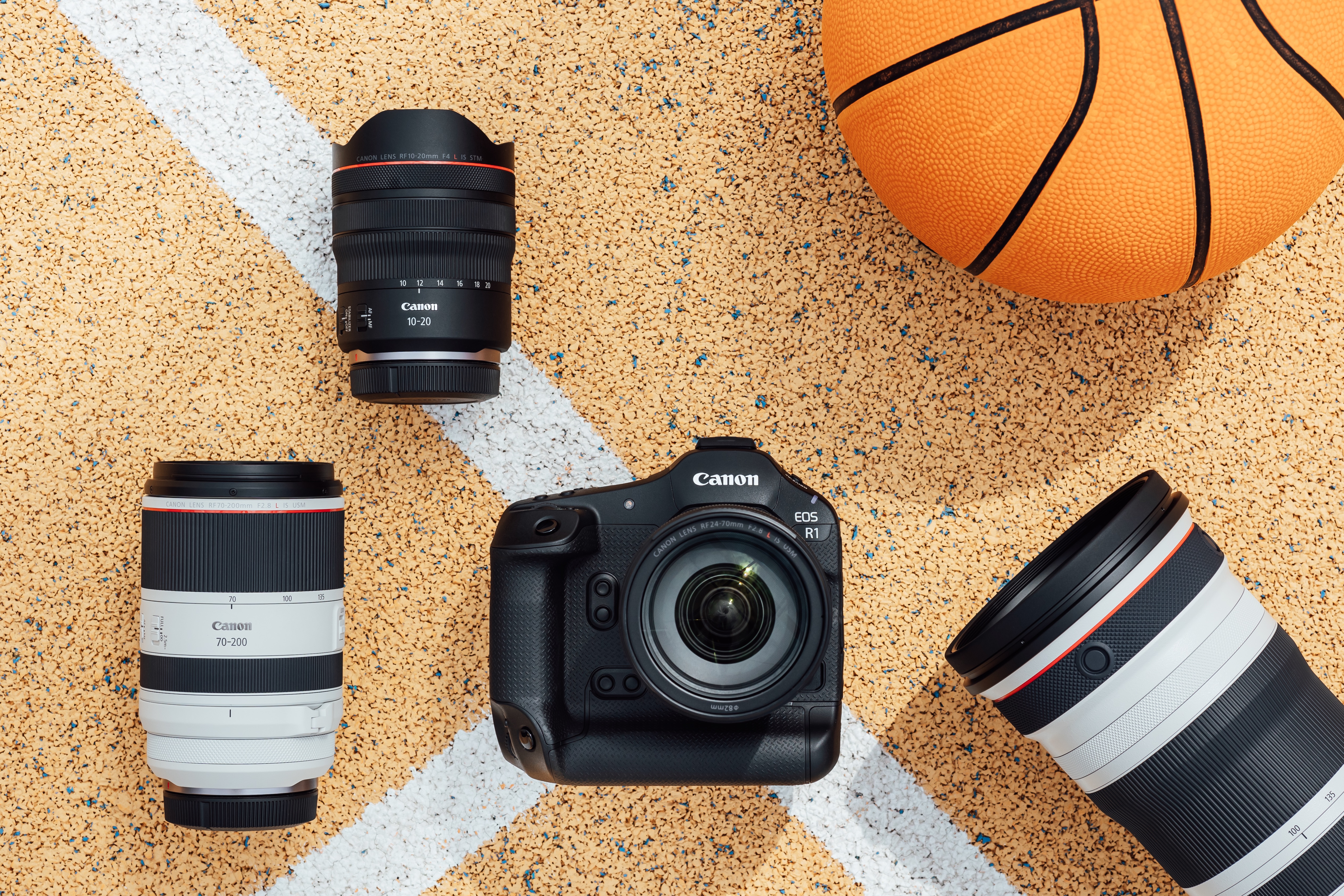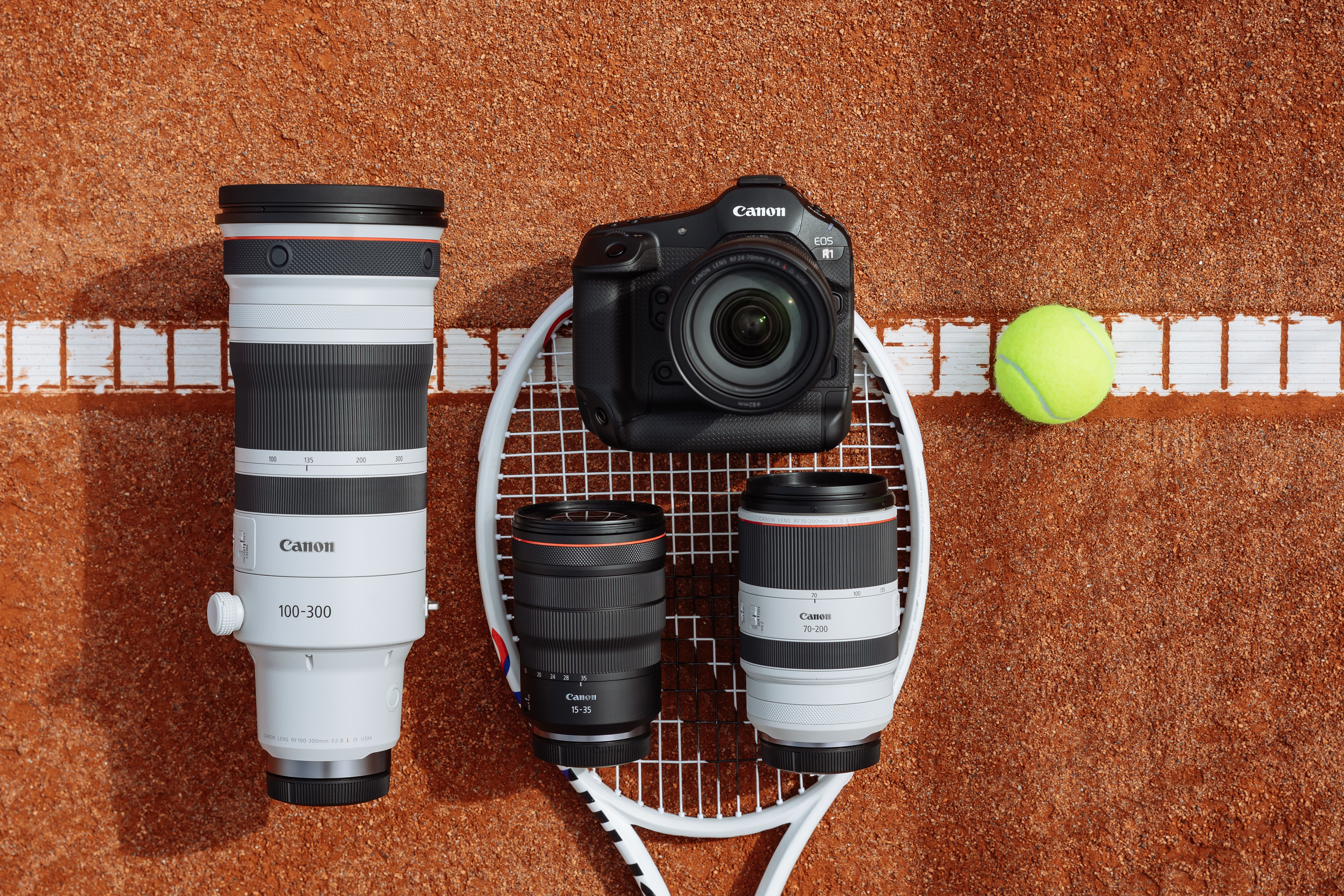Canon has finally announced its first new cameras of 2024 – and the new flagship Canon EOS R1 and Canon EOS R5 Mark II are speedy beasts that appear to have been worth the wait.
The Canon EOS R1 is the company’s new flagship sports camera, and is designed to take on the Sony A9 III and Nikon Z9. To that end, it pairs a stacked 24.2MP full-frame sensor with a new Digic Accelerator processor, which works alongside the existing Digic X processor to help it hit 40fps burst-shooting speeds with the electronic shutter, with full autofocus tracking.
While the EOS R1 is very much designed for pro sports photographers, the Canon EOS R5 Mark II is a smaller and more affordable all-rounder that’s a more realistic, if still expensive, buy for most of us. In our hands-on Canon EOS R5 II review we call it a “polished upgrade” over its predecessor that’s “seriously impressive”, if perhaps overkill for many photographers.
Like the EOS R1, the R5 Mark II has that second Digic Accelerator processor for improved burst shooting and video modes. Combined with its stacked 45MP full-frame sensor – which Canon claims has the fastest readout speed around – this means the R5 Mark II can hit speeds of 30fps.
Both cameras also have Canon’s next-gen autofocus system, called Dual Pixel Intelligent AF. Naturally, there’s a hint of AI in that name, and Canon says it’s its best autofocus system so far, although it’s more of an incremental upgrade, with the AF now letting you track subjects more accurately and also register specific faces, so you can prioritize them in a crowd. The sensor also has cross-type pixels to improve AF performance when you’re shooting vertically.
One difference between the EOS R1 and R5 Mark II is their respective electronic viewfinders. The R1 has a 9.44-million dot OLED display with 0.9x magnification, which promises to give sports and wildlife shooters a brilliant view of the action in a similar vein to the Sony A9 III. The R5 Mark II, meanwhile, has to ‘settle’ for a 5.76m-dot OLED, which is now standard on high-end mirrorless cameras.
Other treats on both cameras include 8.5 stops of image stabilization, plus some serious video chops. Due to its lower-resolution sensor, the EOS R1 tops out at 6K video resolution (with the R5 Mark II hitting 8K/60p), but both can shoot 4K/120p slow-mo footage and 12-bit internal RAW recording.
When can you buy them?
Naturally, both of these cameras come with pretty hefty price tags. The Canon EOS R1’s body-only price is $6,299 / £6,999 / AU$10,999, while the Canon EOS R5 II has launched with a body-only price of $4,499 / £4,499 / AU$6,699 (which is around a 10% bump on the EOS R5 from four years ago).
You can also get the EOS R5 II with a the Canon RF 24-105mm f/4L lens for $5,699 / £5,799.99 / AU$8,549, and it’ll be available to buy from August. The wait for an EOS R1 will be a little longer, as the camera won’t be available to buy until at least November – but expect to see some in the wild at the Paris Olympics soon.
Early thoughts
There’s no doubt that the Canon EOS R1 and EOS R5 II are its most promising and exciting cameras for a long time. Then again, that isn’t surprising considering that its last launch was the underwhelming Canon EOS R100 back in May 2023, and it’s still a too early to tell exactly how the new cameras compare to likes of the Nikon Z8 and Sony A9 III, as we only had limited time with both.
What did impress us about the EOS R5 Mark II is how many of the EOS R1’s features have been squeezed into that more all-rounder camera. Clearly, the EOS R1 is very much a specialist tool for pro sports photographers, and that will limit the breadth of its appeal. But the EOS R5 Mark II gets many of its speed improvements, including a stacked sensor for fast readout speeds and the combination of Canon’s Dual Pixel Intelligent AF system and Eye Control AF.
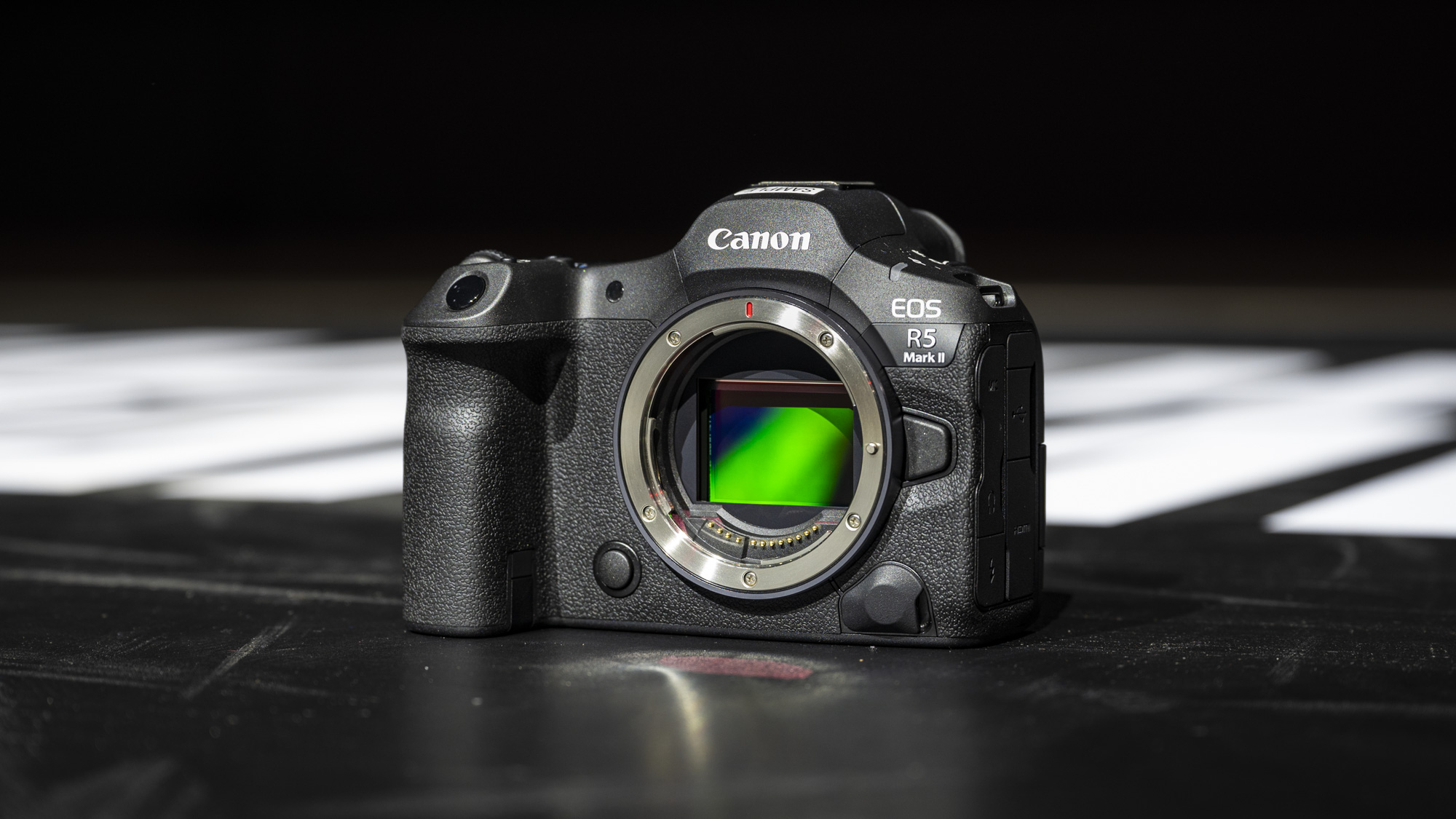
As our hands-on Canon EOS R5 II review concluded: “The R5 II ably handled scenarios from fast-paced action to outdoor portraits, and looks set to be a versatile option for most pros, combining high-resolution 45MP stills and 8K video with impressive speed”.
But on the other hand, it adds: “for a certain type of photographer, though, the EOS R5 II is overkill, and the EOS R5 will do just fine: landscape and portrait photographers, stand down. But if you ever shoot action, or would like a better-equipped video camera, then the EOS R5 II steps in”.
We’ll be putting final production versions of both cameras through their paces soon in the run-up to their full releases later this year.

